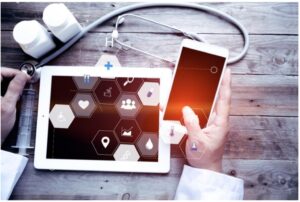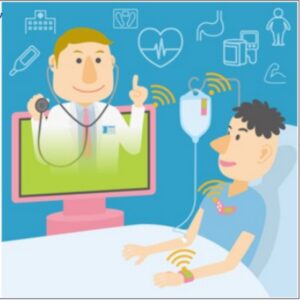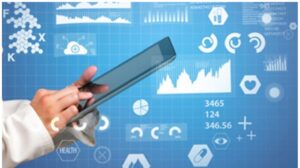Courtesy: Robert Bosch Engineering and Business Solutions (RBEI)
 The healthcare industry is undergoing a paradigm shift from providing reactive to proactive care. Thanks to the emergence of consumerism, patient-centricity is now at the core of healthcare delivery. Nowadays, patients increasingly prefer extended follow-up care delivered at their homes, or at a step-down facility rather than in a hospital.
The healthcare industry is undergoing a paradigm shift from providing reactive to proactive care. Thanks to the emergence of consumerism, patient-centricity is now at the core of healthcare delivery. Nowadays, patients increasingly prefer extended follow-up care delivered at their homes, or at a step-down facility rather than in a hospital.
Numerous factors such as a rise in chronic conditions, an ageing population, increased need for hospice care and shortage of caregivers have now emphasized the need for better Remote Patient Monitoring (RPM) solutions. Healthcare industries are thus looking for sophisticated yet affordable RPM technology solutions to improve patient experience by providing seamless care delivery at home.
Technology shifts driving patient monitoring
 Like other industries and domains, this digital healthcare transition is now leading to increased cloud adoption. 83 percent of patient monitoring solutions are already leveraging cloud technologies, and this is only expected to increase moving forward. However, shifting and evolving the existing cloud technology infrastructure could prove to be a complex and costly proposition for all parties involved.
Like other industries and domains, this digital healthcare transition is now leading to increased cloud adoption. 83 percent of patient monitoring solutions are already leveraging cloud technologies, and this is only expected to increase moving forward. However, shifting and evolving the existing cloud technology infrastructure could prove to be a complex and costly proposition for all parties involved.
Serverless architecture could thus be a feasible solution here thanks to the below mentioned salient advantages that it offers over traditional cloud-based platforms:
– Pay only for what you use – Unlike PaaS (Platform-as-a-Service) solutions, the cost of serverless architecture is solely based on custom functional services and their computing resources.
– Faster time to market – , is built on independent functions that reduce code complexity and enable faster deployment through effective resource management.
– Scalable is simple – While enabling multi-tenancy capabilities like PaaS, serverless architecture can handle dynamic high-volume transactions by auto scaling at individual request levels.
All these and more make it viable for RPM that requires faster implementation and customer onboarding to become widely adopted by healthcare service providers.
Typical RPM in the context of serverless architecture
 In a typical serverless architecture as illustrated above, every micro service or business logic of RPM such as patient clinical data management, patient user management and more, can be split into multiple independent custom designed functions and then hosted in the cloud. This enables healthcare service providers to build complex RPM systems using Function-as-a-Service (FaaS) concepts and integrate seamlessly with third-party service providers in a short period of time.
In a typical serverless architecture as illustrated above, every micro service or business logic of RPM such as patient clinical data management, patient user management and more, can be split into multiple independent custom designed functions and then hosted in the cloud. This enables healthcare service providers to build complex RPM systems using Function-as-a-Service (FaaS) concepts and integrate seamlessly with third-party service providers in a short period of time.
AI-based real-time dashboards can also be built quickly for the generation of reports for the healthcare team to make better decisions at the right time. For this purpose, serverless architecture can help simplify the complexity of big data to help people at times of need.
Key benefits
 With the adoption of the technological trend of serverless architecture, the implementation of RPM solutions for healthcare service providers can be cost-effective and much faster than ever before. Beyond the obvious IT advantages, it also facilitates better patient engagement through real-time alerts and it also enables proactive care delivery resulting in effective and high quality of patient care in the 21st century.
With the adoption of the technological trend of serverless architecture, the implementation of RPM solutions for healthcare service providers can be cost-effective and much faster than ever before. Beyond the obvious IT advantages, it also facilitates better patient engagement through real-time alerts and it also enables proactive care delivery resulting in effective and high quality of patient care in the 21st century.
Wednesday, 15 July 2020
Patient Monitoring Using New Digital Technology | Electronics Maker
Subscribe to:
Post Comments (Atom)
No comments:
Post a Comment